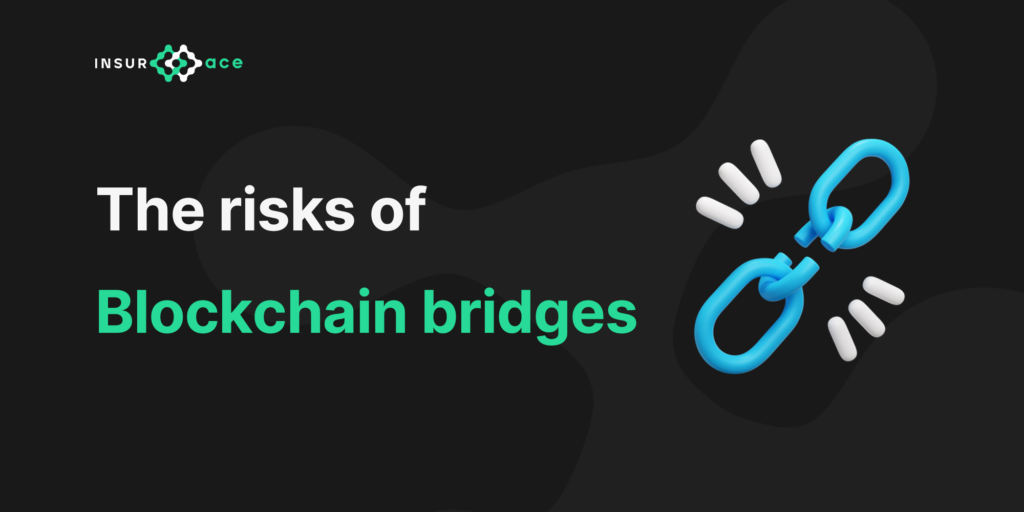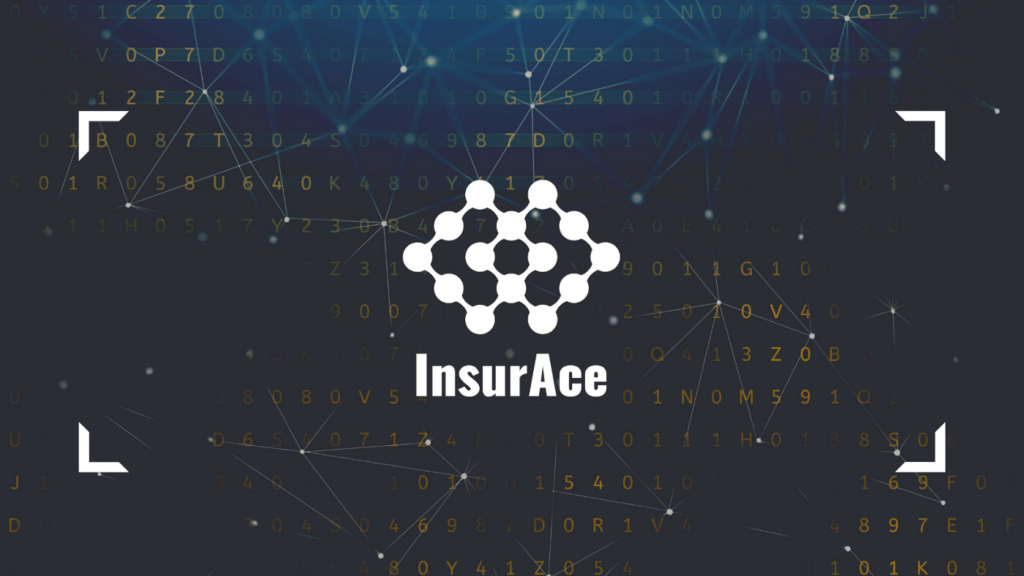The use of blockchain technology has increased significantly in recent years, with many businesses and organizations adopting it for a variety of applications. One of the challenges with using blockchain technology, however, is the fact that different blockchain networks are not compatible with each other. This means that if two organizations are using different blockchain networks, they cannot easily exchange data or value.
One solution to this problem is the use of cross-chain bridges. A cross-chain bridge is a piece of technology that allows two different blockchain networks to communicate with each other and exchange data and value. This is important because it allows organizations to take advantage of the benefits of different blockchain networks without being limited by their lack of compatibility.
For example, if one organization is using a blockchain network that is optimized for high-speed transactions, and another organization is using a blockchain network that is highly secure, a cross-chain bridge can allow the two organizations to exchange data and value quickly and securely. This can be especially useful for businesses that operate in multiple locations and need to transfer data and value between different regions or countries.
In addition to enabling organizations to take advantage of the benefits of different blockchain networks, cross-chain bridges also have the potential to help improve the overall scalability and interoperability of the blockchain ecosystem. By allowing different blockchain networks to communicate and exchange data and value, cross-chain bridges can help to create a more connected and seamless ecosystem in which different blockchain networks can work together to provide greater value to users.
Overall, the use of cross-chain bridges is an important development in the world of blockchain technology. By enabling different blockchain networks to communicate and exchange data and value, cross-chain bridges can help to unlock the full potential of blockchain technology and make it more useful and accessible to businesses and organizations around the world.
While cross-chain bridges offer many benefits for the blockchain ecosystem, there are also some risks associated with their use. One of the main risks is the potential for security vulnerabilities. Because cross-chain bridges connect different blockchain networks, they can potentially create new attack vectors for hackers to exploit. For example, if a hacker is able to compromise a cross-chain bridge, they may be able to gain access to data or value on one blockchain network and use it to attack another network.
Another risk associated with cross-chain bridges is the potential for centralization. Because cross-chain bridges are typically operated by a small group of entities, such as specialized companies or consortiums, there is a risk that they could become a bottleneck for the flow of data and value between different blockchain networks. This could give the operators of cross-chain bridges a significant amount of control over the flow of data and value within the blockchain ecosystem, which could potentially lead to issues such as censorship or discrimination.
Additionally, there is also the risk that cross-chain bridges could become a point of failure for the overall blockchain ecosystem. If a cross-chain bridge were to go offline or become unavailable, it could disrupt the flow of data and value between different blockchain networks, potentially causing widespread issues for users. This could be especially problematic in situations where cross-chain bridges are used for mission-critical applications, such as the transfer of financial assets.
Overall, while cross-chain bridges offer many benefits for the blockchain ecosystem, it is important for users and developers to be aware of the potential risks and take steps to mitigate them. This may include implementing robust security measures to protect against attacks, promoting decentralization and transparency in the operation of cross-chain bridges, and ensuring that adequate contingency plans are in place to address potential points of failure.


